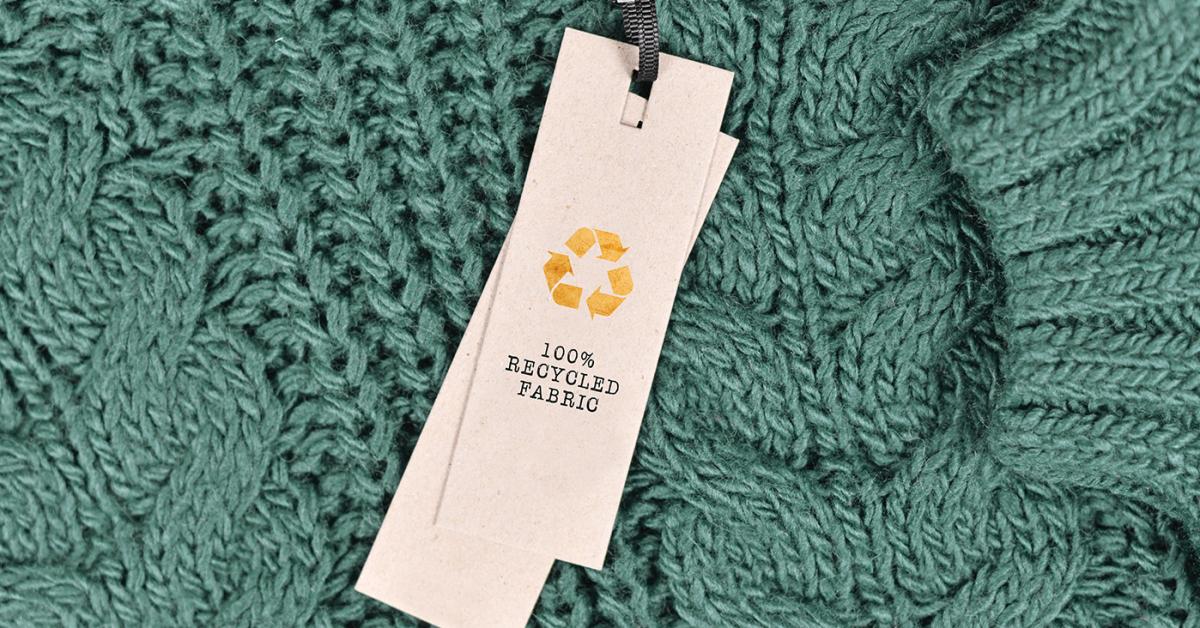CHICAGO — For dry cleaners looking to diversify their offerings, there is a field new to many that can not only provide fresh streams of income for cleaners and put them in front of new generations of customers, but can also help to improve and conserve the environment at the same time.
The concept of circularity in fashion — extending the life of garments through care, repair and reuse, and then aiding in the recycling process to create new fabrics — is one dry cleaners should explore, says Christopher White, executive director of America’s Best Cleaners (ABC), because they are uniquely well-suited to take full advantage of it.
“Our industry often doesn’t recognize the fact that (dry cleaning) is three industries in one,” he says. “We are a retail business, we are a production and repair business, and we are a logistics delivery business.”
All three facets, White believes, will help drive the future of the industry forward as circularity becomes ever more important.
The Need for Circularity
While the term has been used more in Europe — and is increasingly mandated through law there — than it has in the United States, the concept of circularity in fashion is one that is growing domestically.
The contribution that dry cleaners can make in this effort to reuse and recycle clothing is one that cannot be overestimated, says Rachel Kibbe, CEO of American Circular Textiles (ACT), a mini-trade association think tank that is part of the Circular Services Group.
“Dry cleaners are so overlooked, and they’re so critical,” says Kibbe, who has spent the last 15 years as a founder of sustainable fashion businesses. “They are almost hiding in plain sight. Dry cleaners can be the neighborhood logistics provider for a lot of this. Not only are they caring for your garment — so if you have a stain, you don’t have to throw it away — but they also often have alteration or repair services. Both of these services make clothes more useful and extend the garment’s life.”
The need to address the problem of clothing waste is growing to the point that it can no longer be ignored, White says: “When looking at the global scale of waste, it’s so huge. This is an ‘all hands on deck’ situation, and everyone needs to be working toward this circularity effort.”
According to data compiled by the international sustainability partnership World Bank Group:
- The fashion industry uses 93 billion cubic meters of water every year, which is enough to meet the consumption needs of five million people.
- Around 20% of wastewater worldwide comes from fabric dyeing and treatment.
- Of the total fiber used for clothing, 87% is incinerated or disposed of in a landfill.
- The fashion industry is responsible for 10% of annual global carbon emissions, more than all international flights and maritime shipping combined.
A large part of this waste is from “fast fashion” — cheap clothing, often marketed online quickly to profit on constantly shifting style trends. These clothes are often worn only a few times, if that, and then discarded.
To combat this trend in “disposable clothing,” Kibbe believes education is key.
“Knowledge is power,” she says. “A lot of people don’t know what ‘fast fashion’ even means, or what ‘circularity’ means. But they do know they have a bag of clothes in their closet that they don’t know what to do with. Should they be buying that much? How should they be handling the clothes that they own? How should they be dealing with the clothes that they want to get rid of? Those are fundamental questions we need to start to answer for people.”
Come back Thursday for Part 2 of this series, where we’ll examine ways embracing circularity can help cleaners attract new clients and connect with customers.
Have a question or comment? E-mail our editor Dave Davis at [email protected].








